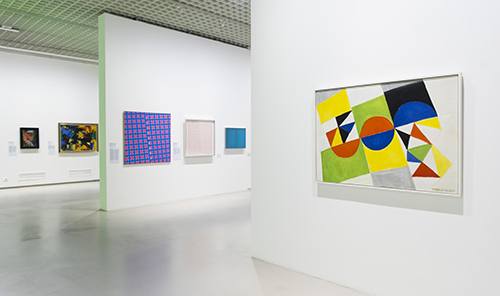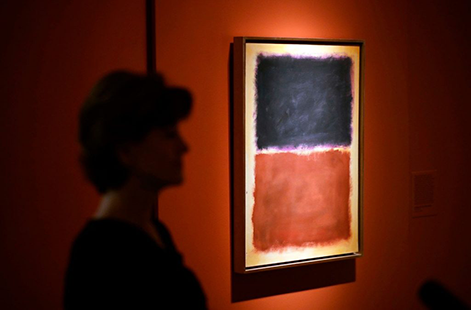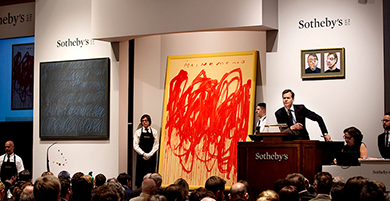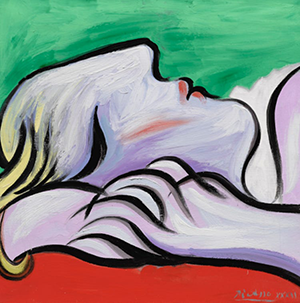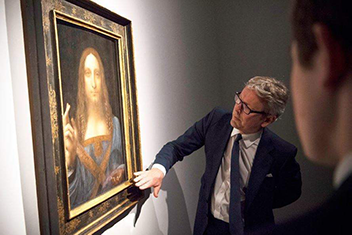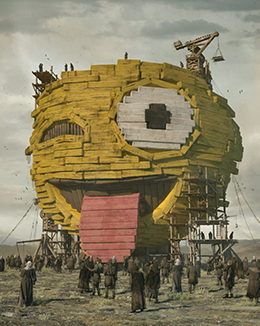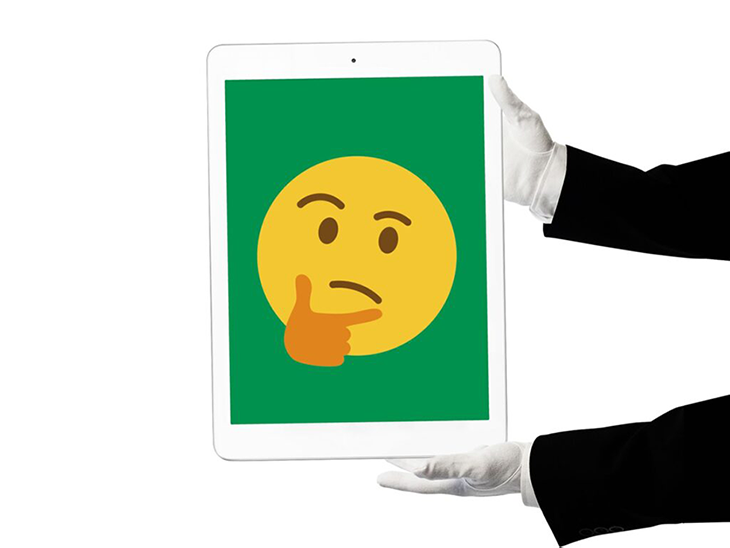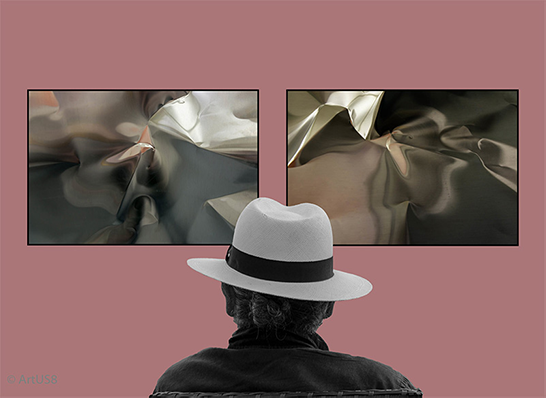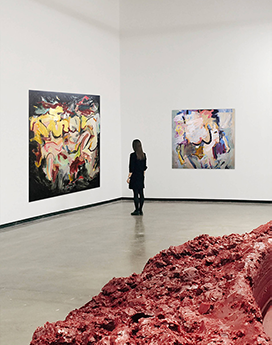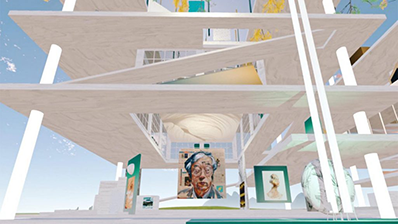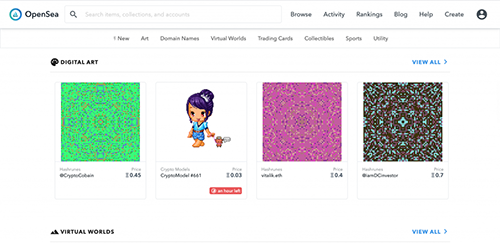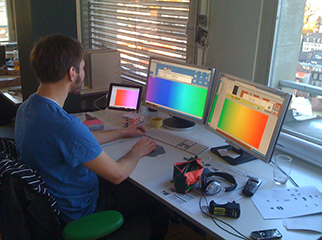How To Open an Art Gallery: A Step-By-Step Guide
Opening an art gallery can be both as exciting as it can be a nightmare. Creatives usually lack a lot of business skills and an entrepreneur-like mindset. That’s why most successful artists have dealers and other professionals who are in charge of the art handling bit. I’m not saying that you can’t open a successful gallery if you are a creative person, but you will probably have to spend most of your time learning and focusing on the business part more often than you think.
Rent, taxes, staff, art fair fees and exhibition costs – just to name a few, can easily build up and you can lose track of how much you spend easily. If you aren’t a good planner, then opening an art gallery isn’t probably for you. But even if you are good at planning and keeping everything on track, there are some important aspects of opening an art-related business that you need to be aware of, if you want to strive in this industry.
Initial Costs
If you want to open an art gallery, you need to have a good amount of savings from the start. Art dealing is a business just like any other… If you don’t agree with this, then you’re setting yourself up for failure. If you want to open an art gallery, the most important step is opening a legal company and registering your business. Depending on where you’re based, you will have to fund your licensing costs right away and that may imply creating a joint-stock for example, where you’ll have to inject capital as an initial investment on your business making you the owner.
In Portugal, in order to create a small company – “unipersonal, LDA”, you will need at least 5.000 euros to start so… With no money = No company = No gallery.
Tax
Well, well, well, and what about tax? One of the biggest mistakes I’ve witnessed while working in galleries is gallerists not calculating their taxes and costs in advance.
Suddenly, when they have to pay company tax, they get surprised with the amount that they should’ve saved up to pay these expenses. Imagine that you are a gallerist and you sold an artwork for 1000 euros (before tax), and you have a 50-50 deal with your artist. Now, let’s use the tax values from Portugal: 23% of VAT and 21% of IRC (Company tax). If the artwork is 1000 before tax, you will have to add 23% VAT making the final price 1230 euros. So far so good. However, don’t forget that even if you as a gallerist get 500 euros out of the deal – if your client doesn’t bargain and they’re happy to pay 230 for no reason, you still have to pay 21% of your cut to the government – the famous company tax (IRC). So, having to pay tax 21%, out of the 500 euros that you initially got as a gallerist, 105 euros will go towards tax expenses, and, in the end, you will make 395 euros and not 500 out of the 1000 euro piece you sold. Yes, I know it sucks but that’s just how it is…
There you go, if you want to open an art gallery my advice will be to get a good accountant and study the tax system where you are based.
Without a good understanding and knowledge of costs, taxes, cuts and the many expenses you’ll have, I’m sorry to tell you but you won’t succeed.
Staff
We all want staff, and when we get the staff, that’s actually a good sign. It usually means that we are improving as a business and that we have extra income to spend on someone else. But again, staff doesn’t work for free and if you want to have 1, 2, 3 or even 4 employees, don’t forget that you are a business owner and will have to pay not only their salary but also the taxes involved with it. And they aren’t small… Using Portugal again as an example, if I pay 1000 euros to one employee that means that I will have to pay around 1.500€ monthly before taxes in order for my employee to get 1000€ clean. Taxes involved with staff include Social Security, Transportation Fees, Insurance and other aids included… It doesn’t sound fair but it is what it is.
Rent
If you want to be a gallerist you will probably love to have a physical space to show your artists works, but this doesn’t come cheap. Using Lisbon again as an example, you probably won’t get any space for less than 2-3 thousand euros a month and, of course, if we speak about London then, this is basically the weekly if not daily amount that you will have to pay for your physical space.
Utilities Costs
If you want to open a gallery, be ready to spend a big chunk of money in electricity. You will have your lights open at least 8 hours a day and usually, the galleries lighting system is not like the ones you have at home. It will probably spend more, and again if you are in Portugal be ready to spend between 300-500 euros a month if not more on electricity.
Art fair fees
Who doesn’t like art fairs? For starters, they can be a great way to network and can give gallerists access to certain collectors that, otherwise wouldn’t know your work. However, art fairs can be a big risk… Art fair fees can be as low as 1000 euros for 4-5 days and can go up to 100.000 euros. So imagine that you are a gallerist and do a modest art fair, that will probably cost you 10.000 euros for the cheapest spot, adding this with shipping and travel costs, let’s say you would spend 15.000 euros on the art fair. So far so good, but now you will have to sell at least more than 30.000 euros during 3 – 4 days in order to pay the art fair fees, your travel expenses and accommodation only for one person, are you ready for that? Are you sure you will be able to sell enough? And if you don’t sell enough do you have a plan B?
Exhibition costs
Let’s be honest, everybody loves the occasional free drink at art openings but that also has a cost. Let’s say you are a small gallerist and are planning an exhibition for next week for around 50 people. Well, be ready to spend around 200 euros on catering, at least. It doesn’t sound much compared with all the previous values, but if you have an exhibition opening a month, in the end, we are speaking about 2400 euros a year already. Adding those 2400 euros with all the previous costs…
Mamma Mia, you really have to sell a lot of artworks – especially if you are in the primary market if you don’t want to be in debt.
Legal Costs
If you want to open a gallery you will have to open a company and for that, according to the law, you will have to have an accountant. Be extremely cautious with the accountant that you get. I’m extremely thankful to my current accountant but it hasn’t always been like this. Art business’s are a really specific and overlooked area of business, and not all accountants can actually help you even if they want. Also, be aware that to having a legal company running you only legally need an accountant, a fiscal lawyer can be extremely helpful, too.
So, try to get an accountant that is already familiar with the art market, and if you aren’t able to get one, try to get a knowledgable fiscal lawyer. The best is to be able to have both, but if not at least one. In Portugal, an accountant for a small art gallery will cost you between 150-200 euros a month plus VAT, be ready to spend at least, 2214 euros yearly with an accountant.
PS – Be aware that as a company you can also deduct the VAT from your expenses, so even if you pay your accountant and other expenses with VAT you can deduct the VAT of your expenses at the end of the year. For example, if my accountant charges me 150 euros monthly plus VAT, that means that I’m actually paying 184,5 euros a month. Therefore at the end of the year, I will get back 509,22 euros out of the 2214 euros I spent.
TOTAL COSTS
So, let’s say that you will want to open a small gallery in Lisbon, paying only one salary, doing 1 exhibition monthly and a medium-sized art fair yearly outside the country.
For this, you will spend at least:
Company registration and inital capital: 5500 euros
Rent: 3000 euros x 12 = 36000€
Salary: 1551 x 12 = 18000€
Accountant: 150 x 12 = 1800€
Electricity: 300 x 12 =3600€
Exhibitions: 200 x 12 = 2400€
Art Fair& Related Expenses: 15000€
TOTAL = 76,800€
So, if you end up having a 50-50 deal with your artists, you will have to sell almost 200.000 euros in art yearly in order to keep your gallery afloat with a tiny profit.
Conclusion:
- Be realistic and organized. If you want to open an art gallery, get informed and calculate all your expenses before investing on a business you can’t sustain.
- Be smart about your business. Again, keep up with what’s going on in the industry, get informed and pre-calculate your moves. Invest in artists and artworks you’re sure you can sell.
- Diving into this business by yourself is hard and sometimes very tricky. Invest on a staff member, lawyers, accountants or other professionals that can help keep you keep affloat.
